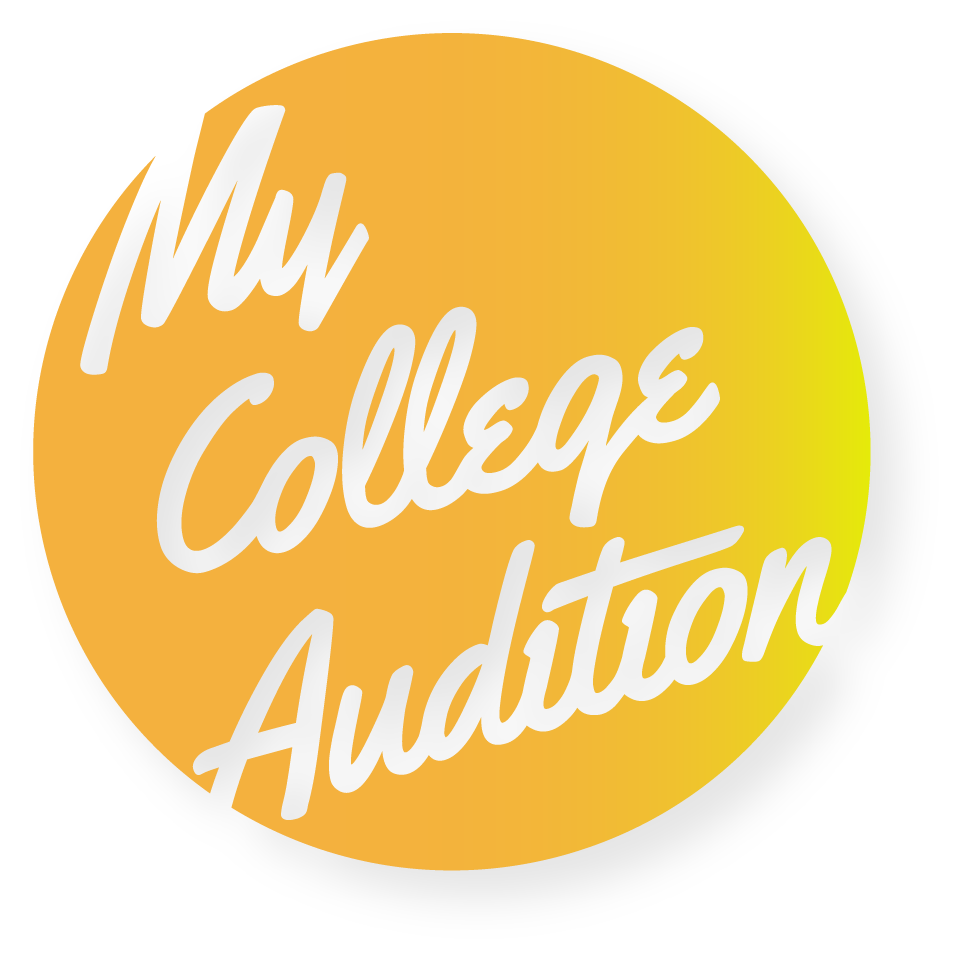Digital Music Theory
Welcome to your digital music theory experience!
This introductory music theory course includes 5 videos that will get you up to speed on the rudiments of music theory and teach you the principles needed to feel more confident in your musical knowledge. Topics covered will include:
Learning pitch location on a keyboard
Key signatures
An intro to intervals and sight-singing
Units of basic rhythm
How to talk to accompanists and make great audition cuts.
Whether you are prepping for you upcoming music theory class or simply desire to gain more independence and confidence as a musician, we’re glad you’re here! Since these videos are self-led, we recommend coming back as much as you need to ace theory and impress your music director!
Led by MCA Acting for the Song Coach Erica Spyres
Pitch Notation Basics
12 pitches - A, B, C, D, E, F, and G
Notes between are sharps or flats. Pitches that sound the same and have different names are enharmonically related
All 12 pitches form a chromatic scale
Clefs - treble and bass
Treble line notes EGBDF; space notes FACE
Bass line notes GBDFA; space notes ACEG
Major scale intervals - whole, whole, half, whole, whole, whole, half
Minor scale interval - whole, half, whole whole, half, whole, whole
Rhythmic Notation Basics
Note/Rest values:
Whole = 4
Half = 2
Quarter = 1
Eighth = 1/2
Sixteenth = 1/4
Time signatures
Bottom note = type of note that gets the beat
Top note = number of beats per measure
Musical Road Map
Key Signatures
For sharps, remember sharps look up
For flats, look at the next to last
Accidentals - indicate a note outside of the key
Exceptions
key of C (no sharps/flats)
key of F (1 flat)
minor keys
minor third down from the major key
Circle of Fifths - find relative minor key
Staff Notation: Bar Lines, Repeat Signs, DS, Firmata
Italian terms - Legato, Moderato, Piu, Poco, Molto, Accelerando, Ritardando, Rallentando, Subito, A tempo
Dynamics - F - FF, P - PP, MP - MF, Crescendo, Decrescendo/Diminuendo
Accents, tenuto, staccato, Sfz
Intervals
Practice intervals to improve your sight-singing by using common songs from musical theatre repertoire.
Keyboard Basics & Breaking Down the Song
Finding Middle C on a staff and a piano
Reading Music
Take your time LITTLE PIECES TO BIG PIECES
Rehearse it separately for pitches and for rhythm
Mark your music
Structure - AABA, ABABCB
Notice the key
Notice the time signature





